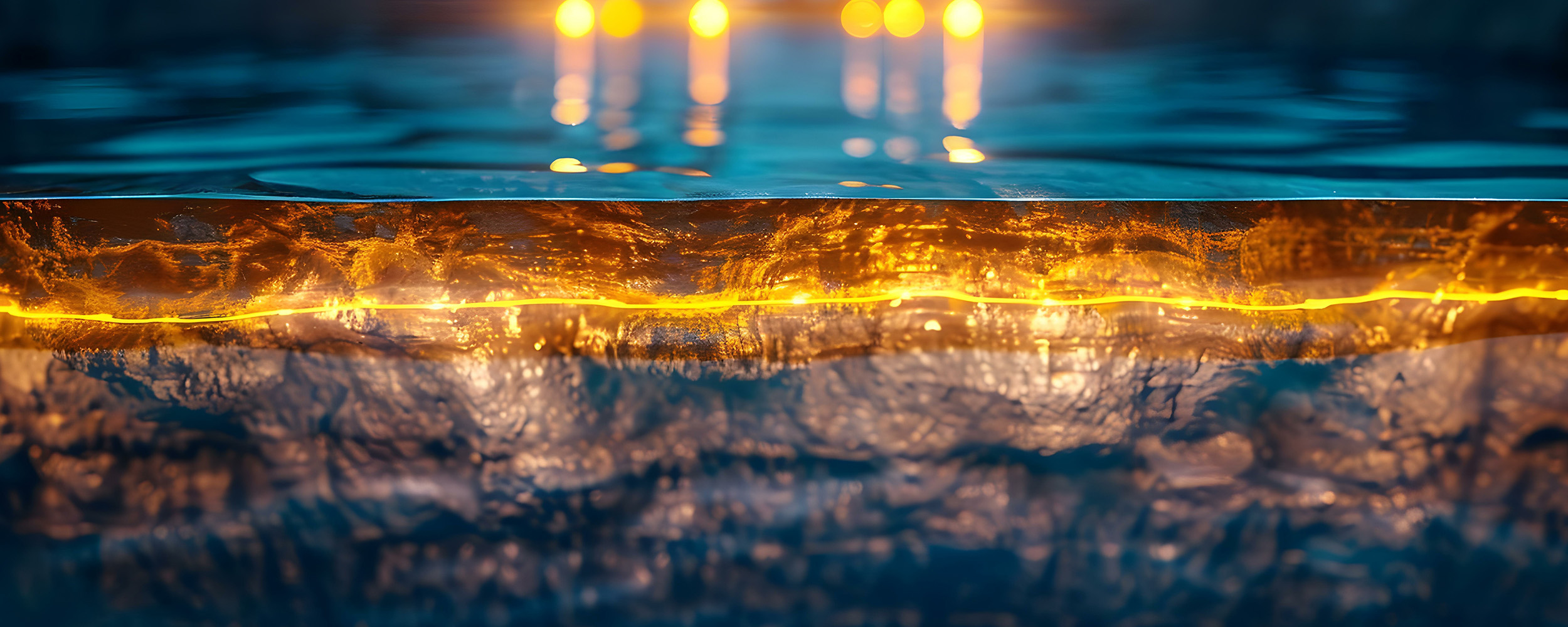
CEAT associate professor looking to improve aspects of geothermal power
Monday, June 17, 2024
Media Contact: Desa James | Communications Coordinator | 405-744-2669 | desa.james@okstate.edu
Dr. Mileva Radonjic, associate professor and Samson Investment Chair in Petroleum Engineering, has received over $3 million in funding for a collaborative project titled “Enhanced Geothermal System Concept Testing and Development at the Milford City, Utah Forge Site.”
This three-year sub-recipient award from the Utah FORGE project through the University of Utah is for a Department of Energy project that aims to improve fracture conductivity in Enhanced Geothermal Systems.
The research team is comprised of several researchers: including Dr. Christine Ehlig-Economides and Dr. Jeffrey Rimer from the University of Houston, Dr. Jonny Rutqvist from the Lawrence Berkely National Laboratory, Dr. Andrew Bunger from the University of Pittsburgh, Dr. Hunjoo Lee, assistant professor of petroleum engineering at Oklahoma State University, and Radonjic.
Understanding Geothermal Power
Power generation from geothermal resources requires circulating large volumes of water or supercritical CO2 (scCO2). Initially, the water is cool at the surface, but harvests heat from dry hot rock, such as granite, once it is injected into the deep subsurface by fracturing the host rock or reactivating existing natural fractures.
Once in the deep subsurface, the water flows through a combination of natural and man-made fractures, continuing to heat as it makes its way to a second well.
Keeping these fractures conductive for fluid flow is essential to the process of continuously heating the fluids as they travel to the second well. The working fluid is then extracted back to the surface.
Now that it is very hot, the fluids can turn a steam turbine and produce electricity.
“Achieving this requires placement of granular material, known as proppant, in the man-made fractures by pumping it in a slurry during the fracture creation process,” Bunger said.
“However, the rock is not only hot, but it also is under high stress and has corrosive chemistry, all of which lead to deterioration of the proppant and hence deterioration of the ability to circulate water through the system at the rate needed for economical power generation.”
This project is focused on a critical piece of this process — the engineered fracture system where the rock heats the water/scCO2. The team is working to create a more resilient proppant, which will enable longer times for fractures to remain conductive to fluid flow.
Inspiration behind the research
The team was inspired by recent advances in materials science and the creation of new materials in related fields. These materials can potentially fix critical issues like the long-term performance of proppant materials in geothermal systems.
“For example, graphene coatings have a stunning ability to change surface chemistry, which, in turn, changes all aspects of how a material is impacted by its environment,” Bunger said.

The idea to use graphene comes from the National Academies of Sciences Engineering Medicine Gulf Research Program project, where Radonjic and her team investigated the use of graphene nanoplatelets to enhance wellbore plugging materials. The suggestion came from long-term industry contact Daniel Bour and Graphene company supported it.
Discoveries like this have led the team to explore how advanced materials and advanced coatings can provide the long-term performance of proppants in geothermal reservoirs.
What impact could this research have on the local community, globally?
The possible impact this research could have on society is substantial.
“Geothermal offers an abundant amount of renewable energy that can be used for heating and electricity generation,” Ehlig-Economides said.
If utilized, homeowners could install geothermal heat pumps , lowering their heating and air conditioning bills. Additionally, communities could evaluate their geothermal potential for electricity generation.
“It is, therefore, of the utmost importance to society to unlock this resource,” Bunger said.
The team is not only working to make advancements in geothermal energy but is preparing future professionals as part of the workforce development for energy transition to make a difference, too. Each member instructs various courses at their locations covering topics specific to geothermal energy.
“To be able to investigate complex subsurface phenomena where science and engineering co-mingle, it is critical to form diverse interdisciplinary teams, ideally from multi-institutions which bring large bandwidth of knowledge across theoretical, laboratory and field experiences,” Radonjic said.
“This project brings together a great research team that amplifies our individual capabilities many times over. In addition, Utah FORGE provides an unmatched platform for exchange of data, samples and knowledge, from which we will benefit initially and hopefully contribute as the project progresses.”
Reach out to Radonjic here.
Administrative contact information can be found here.
